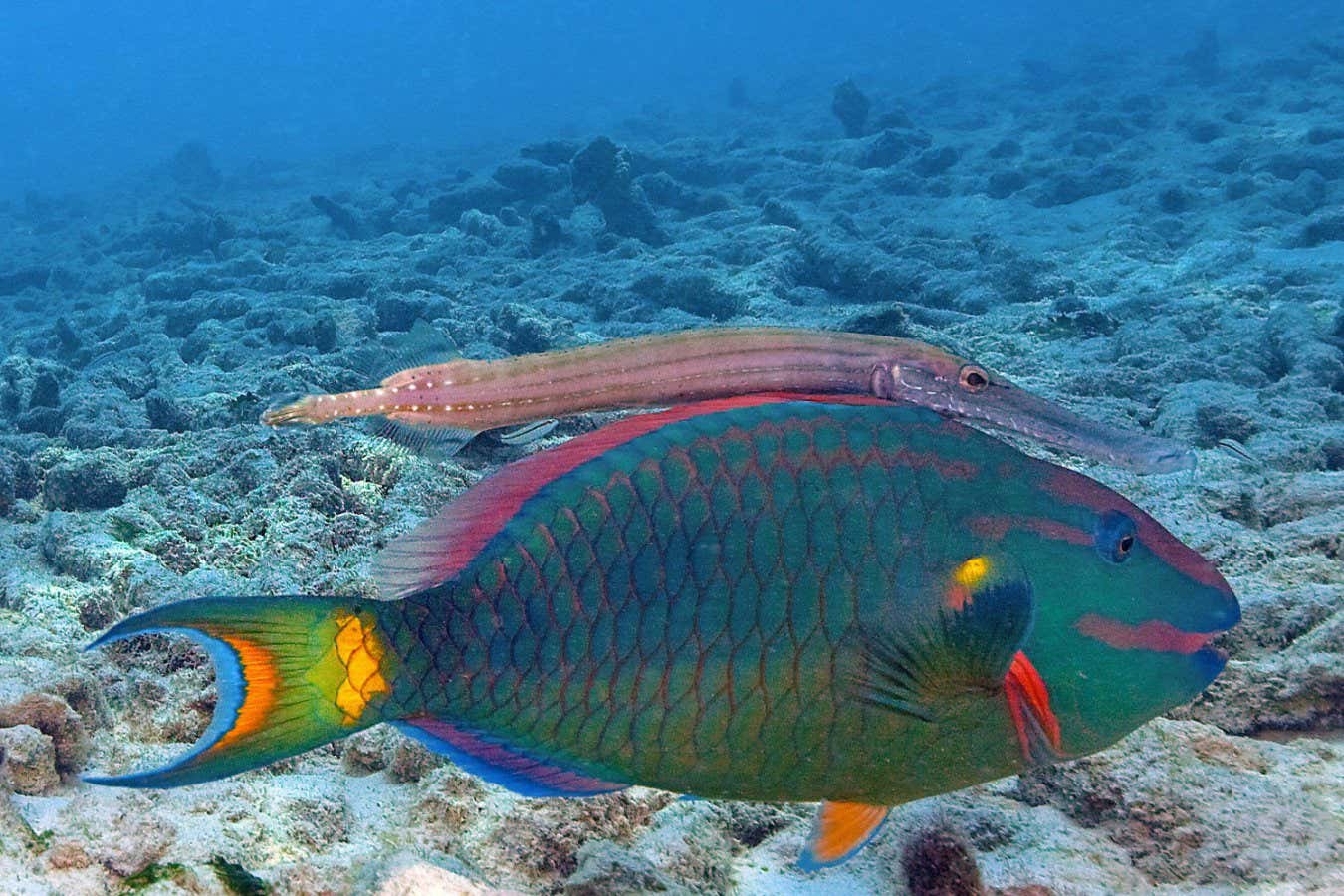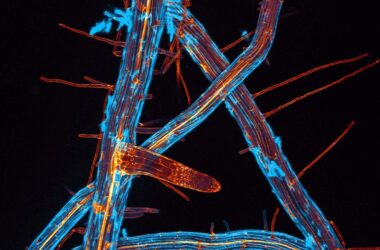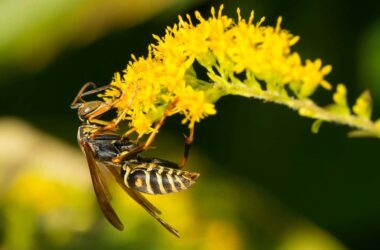A species of tropical fish has been observed using larger fish as camouflage while hunting for prey. This behavior, known as shadowing, has been witnessed in the West Atlantic trumpetfish, a small predator that swims alongside non-predatory fish such as the stoplight parrotfish. By swimming close to these larger fish, the trumpetfish is able to approach its prey without alarming them.
Researchers at the University of Cambridge, led by Dr. Samuel Matchette, wanted to investigate whether damselfish, one of the trumpetfish’s most common targets, are deceived by this shadowing technique. Using 3D models of dummy fish, they conducted experiments in coral reefs off the Caribbean island of Curaçao. The researchers discovered that when the models of both trumpetfish and parrotfish were pulled together over the damselfish, mimicking the behavior of trumpetfish swimming closely to parrotfish, the damselfish fled. This suggests that the damselfish are familiar with this tactic and perceive it as a threat.
This study is the first to document an animal using another animal as camouflage or cover to get closer to its prey. It is comparable to human hunters using horses as cover when stalking birds, hence the term “stalking horses”. The research findings have important implications for understanding how fish may adapt to changes in their environment, especially in coral reefs. Rising sea temperatures and the degradation of coral reefs could affect the habitats of fish that rely on these reefs for concealment. In such circumstances, the mimicry of trumpetfish behavior by other fish species may become more prevalent as an alternative strategy for hunting.
According to Dr. Innes Cuthill from the University of Bristol, this study exemplifies how observational natural history can be transformed into scientific knowledge through carefully designed experiments. It suggests that the shadowing behavior exhibited by the trumpetfish is primarily for predatory advantage rather than self-protection against predators.
Understanding these behaviors and how animals adapt to changes in their habitat can help scientists predict the future of coral reefs and the impact of environmental changes on different species.








